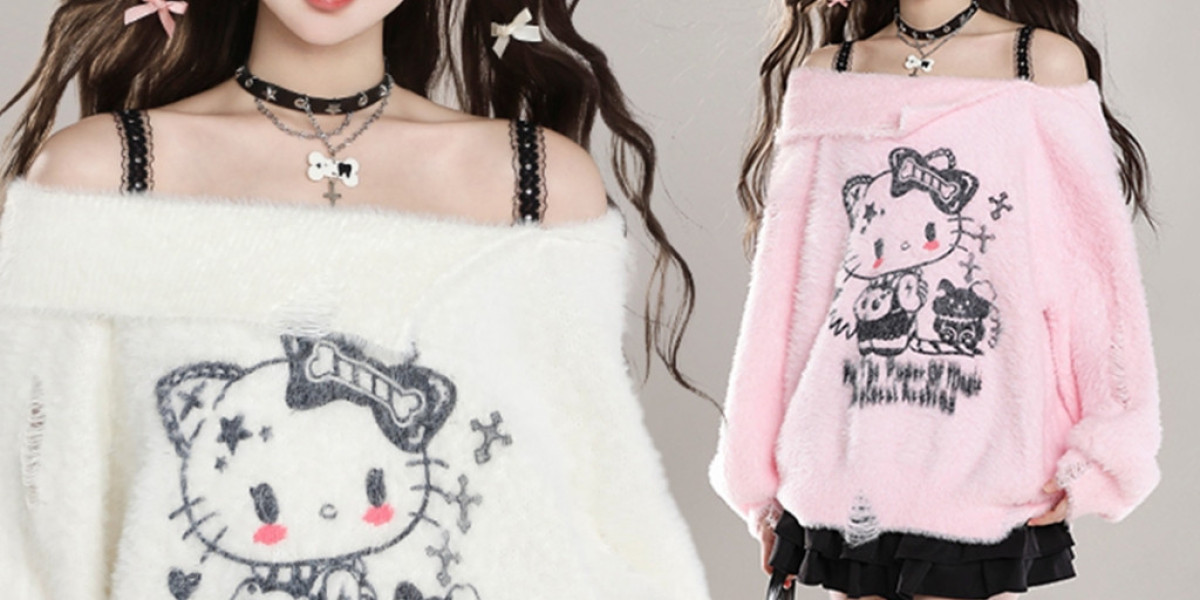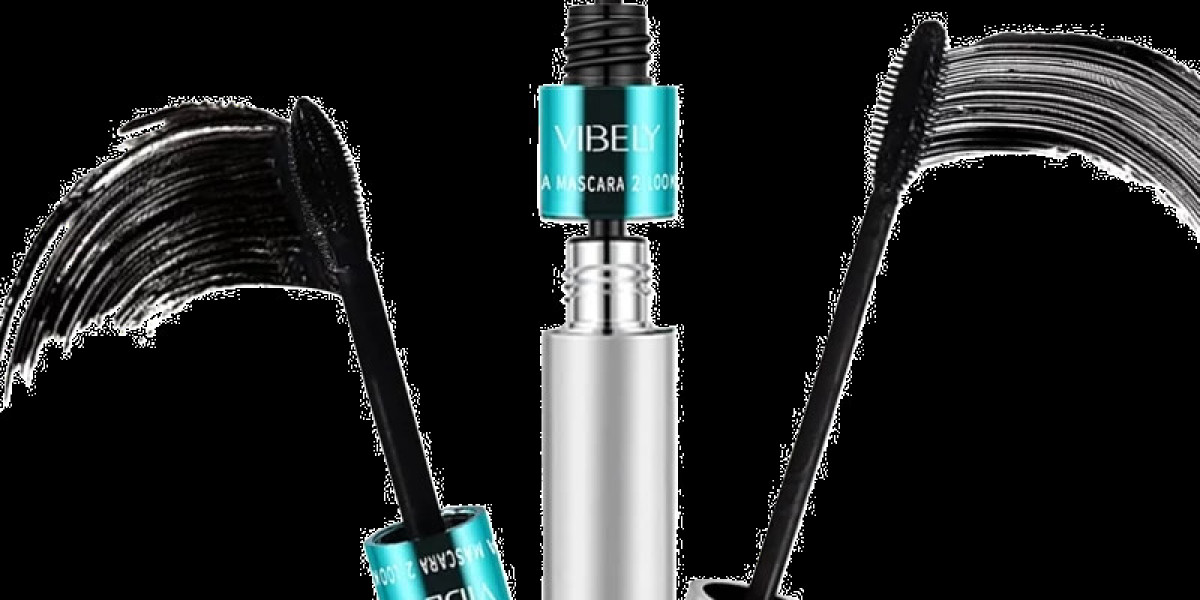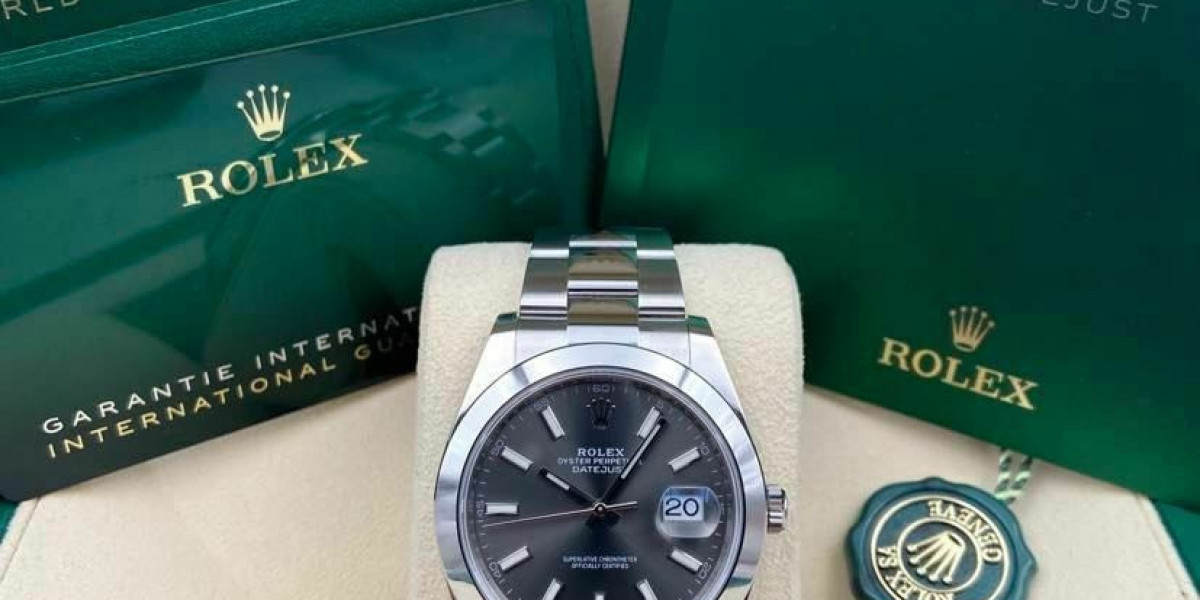Introduction
Anime has been a distinguished side of Japanese tradition for decades, captivating audiences worldwide with its unique artwork model and storytelling. One specific side of anime that has gained widespread popularity is the concept of "kawaii," which translates to "cute" or "adorable" in English. Kawaii anime outfits, in particular, have change into a major development within the anime neighborhood, with fans replicating these types through cosplay and vogue. In this article, we will delve into the science behind kawaii anime outfits and discover why they hold such enchantment to followers.

The Psychology of Kawaii
The idea of kawaii goes past simply aesthetics; it's deeply rooted in Japanese culture and has psychological implications as nicely. Analysis has shown that experiencing cute or kawaii stimuli can elicit positive emotions and improve emotions of happiness and well-being. This phenomenon, identified as the "cuteness impact," is believed to be a results of the discharge of dopamine within the mind when uncovered to cute photographs or objects.
Kawaii anime outfits are designed to evoke these feelings of joy and happiness in viewers. The shiny colours, whimsical designs, and exaggerated options often found in kawaii trend enchantment to our sense of playfulness and innocence. By sporting or emulating these outfits, fans are capable of tap into these constructive feelings and categorical their very own creativity and individuality.
Cultural Influences on Kawaii Fashion
Kawaii vogue has deep roots in Japanese culture, with origins courting again to the 1970s. The motion was initially popularized by the "Harajuku ladies" of Tokyo, who garnered worldwide attention for their quirky and creative outfits. Kawaii vogue has since developed and diversified, encompassing a variety of kinds and aesthetics, from the sweet and feminine to the bold and edgy.
Anime has played a major function in shaping the kawaii trend panorama, with many iconic characters sporting outfits which have change into synonymous with the genre. These outfits usually function a mix of traditional Japanese parts, equivalent to kimono sleeves and obi belts, with modern touches like pastel colors and cute equipment. By combining these disparate elements, kawaii anime outfits are capable of create a unique and visually putting aesthetic that resonates with fans world wide.
The Role of Id and Self-Expression
For many fans, carrying kawaii anime outfits is not just a vogue choice however a type of self-expression and identification. By donning these outfits, fans are capable of showcase their love and appreciation for the anime and manga collection that inspire them. Additionally, kawaii vogue permits fans to break free from traditional gender norms and discover their own sense of model and creativity.
Studies have shown that clothes can have a profound influence on our self-notion and confidence. By wearing a kawaii anime outfit, fans are capable of embody the traits and traits of their favourite characters, permitting them to really feel a way of empowerment and confidence. This act of position-enjoying can even have a therapeutic effect, helping fans to escape from the stresses of each day life and immerse themselves in a world of creativity and imagination.
In conclusion, kawaii anime outfits are more than only a vogue assertion – they are a form of self-expression, creativity, and id. By tapping into the psychology of cuteness and drawing on cultural influences, these outfits are able to evoke positive feelings and join followers to the characters and series that they love. Whether via cosplay or everyday vogue, kawaii anime outfits continue to be a strong and enduring trend inside the anime community.



